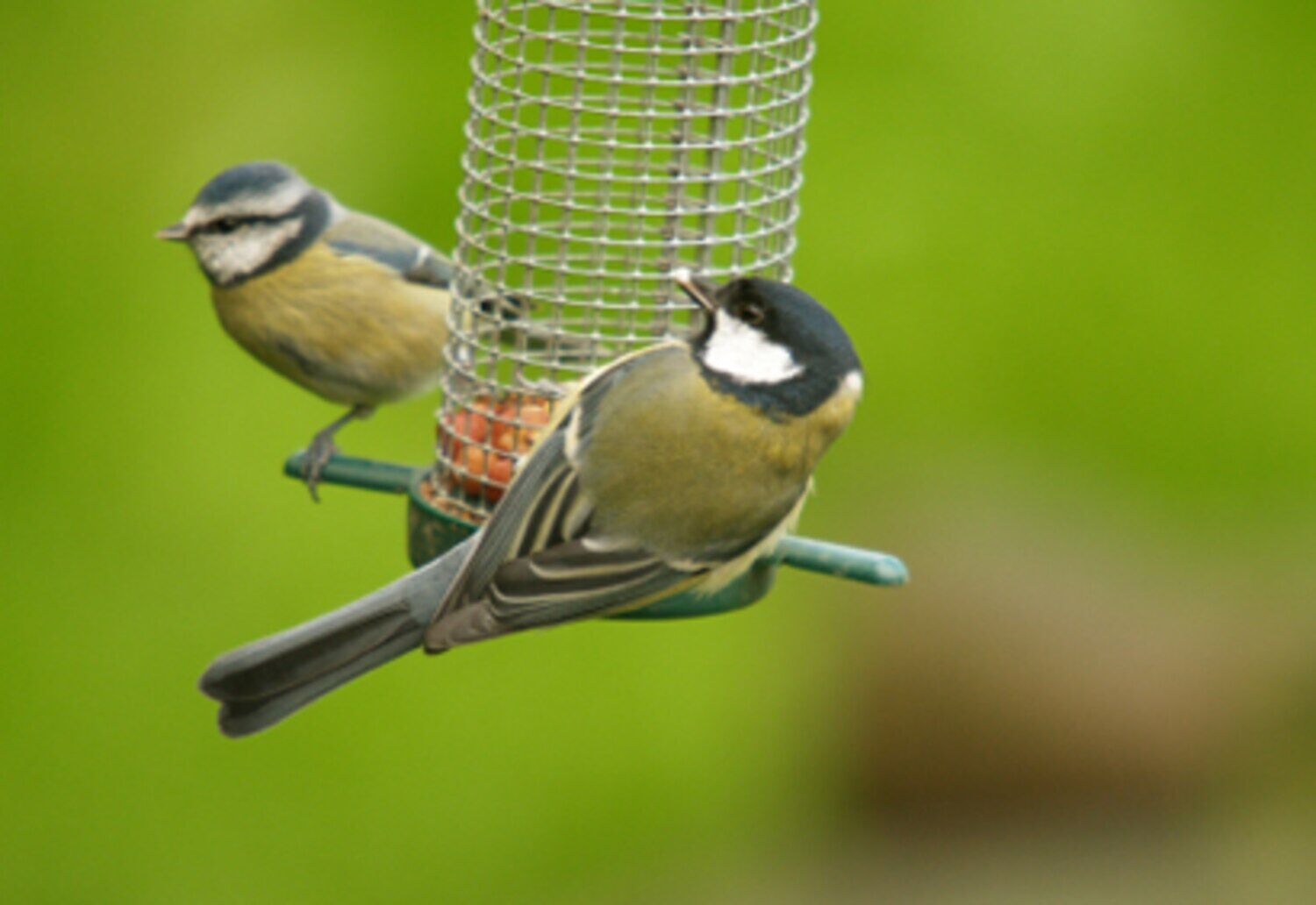A manager, a water trough, a few selected seeds, binoculars, and a good guide, and you are transformed into Jean-Jacques Audubon, a Frenchman “as well known in America as Charles de Gaulle or the Marquis de LaFayette”… At this basic equipment, add a weapon: patience. Soon, you will see your yard transform into a runway-worthy of the biggest fashion shows in Milan or Paris.
Feeders are only needed in winter when food is less plentiful; summer naturally fills the needs of all species. Feeders appeal to birds but not always to neighbors: so talk about your animal project to the owner or the partners of the co-ownership.
AT SUNRISE, FOLLOW THE SONG OF THE BIRDS
If your observations make you want to go further, you will have to go out where the species live and grow. It is at sunrise that you can make the most beautiful observations. Some species are easy to approach. You will therefore have plenty of time to watch, often very closely, the intense life that takes place in our forests. But before you can see the winged gente, you will first have to listen to its particular songs and then gently direct you to the source of these chirps.
Some developed observation sites allow you to spend pleasant moments with your family watching very interesting species up close. Even in town: think only of the Nature Parks of the Montreal urban community.
BRING YOUR BINOCULARS
To enjoy the wonders of birdwatching up close, you’ll need binoculars. Here are some shopping tips.
- The power of binoculars is measured primarily by two indicators: magnification power and lens size. If I take 10×35 binoculars, those two numbers tell me first the magnification (10) and then the width of the lens diameter (35).
- One may be tempted to get binoculars with the highest magnification possible and the largest lens. We must however be careful in our choice: if we choose a magnification of more than 10, the observation of birds in movement becomes practically impossible. The image is moving too fast for the movement of the binoculars to follow the action. If you opt for a 60 mm lens, it will be the size of the binoculars that will be cumbersome. The ideal solution for the size and power of binoculars is therefore around 7 to 10 for the magnification factor and between 25 and 35 for the diameter of the lenses.
- For the beginner, there are interesting sets including a waist bag with 7 by 25 binoculars, an observation guide, a notebook, and a pen. A wise purchase for the neophyte in the matter.
- Enthusiasts will rather want to equip themselves with more expensive binoculars of 10 by 30, which will have superior optical qualities, will probably be weatherproof, and covered with a rubberized material.
- If you observe on sites identified for this purpose, the use of a mini-telescope with a tripod can be an additional advantage. It will allow you, when the time comes, to stabilize the image to observe further or observe nesting areas. Suggested size: between 15 and 45 for magnification and a single lens of at least 60mm. You will still need to have previously made your location with more compact binoculars.
- To carry pencils, guides, notebooks, and snacks, amateur and professional bird watchers often use a multi-pocket jacket. An interesting solution that can be used for other activities such as fishing, photography, or even short hikes.
- Also consider getting a wide, soft support strap, to reduce neck and shoulder strain caused by the weight of the binoculars.
HOW TO ADJUST YOUR BINOCULARS?
- Bring the glasses up to your eyes and close your right eye. Using the adjustment wheel, adjust the left eye lens so that the image is in focus.
- Then close the left eye and adjust the focus for the right eye using the ring close to your eye on the right lens.
- Then open both eyes and make the final focus with the ring in the center of the binoculars.
To get a unique image, you’ll have to adjust the width to suit the natural distance between your eyes. With both hands on the lenses, as you look, move the two lenses apart or closer together until you get a circular image.
Clean the lenses
Use specialized cloths or photo lens papers sold in packets. Do not use paper towels or tissues as much as possible, which could potentially scratch your lenses.
THE SECRET: SILENCE AND PATIENCE
Here are summarized the recommendations of several seasoned observers:
- The best times for bird watching: very early in the morning, at sunrise, and at the end of the day, at sunset.
- It’s not a race.
- Take your time, it’s the key to the most beautiful surprises.
- Be patient.
- Get used to the silence.
- Bring your garbage, snacks, or other garbage with you.
- Do not disturb natural bird habitats or nesting areas.
The binoculars are used precisely to keep a reasonable distance which does not affect the behavior of the birds, neither in the short nor in the medium term. Good observations to all!
